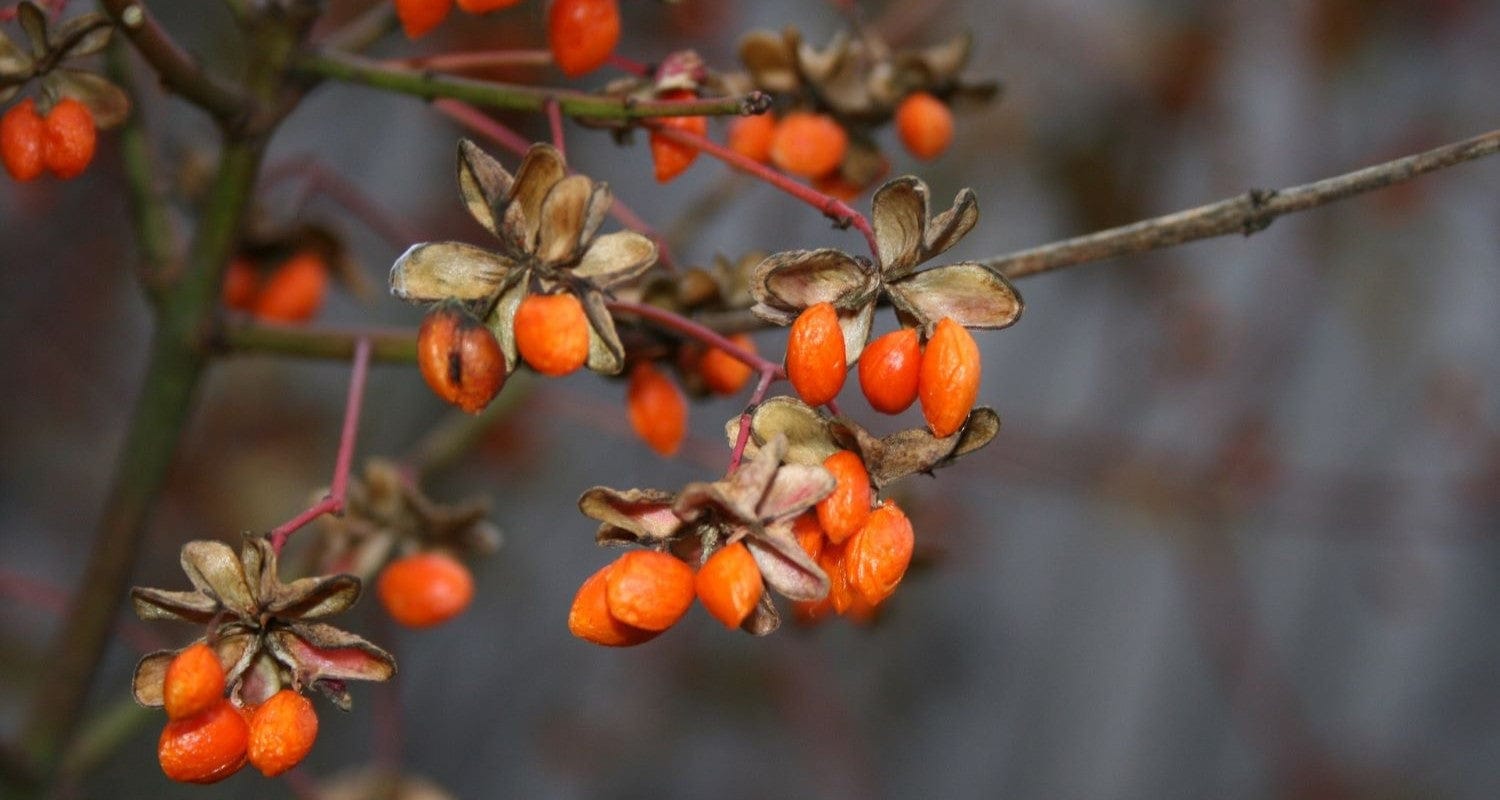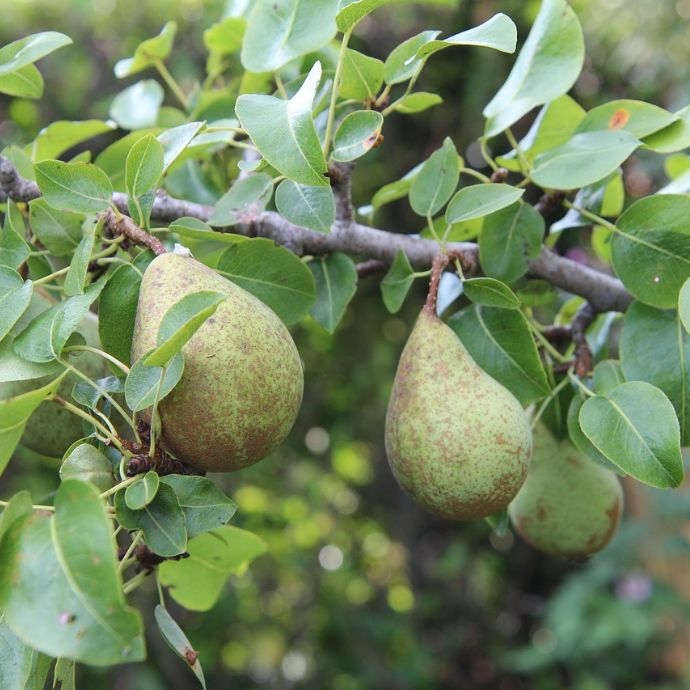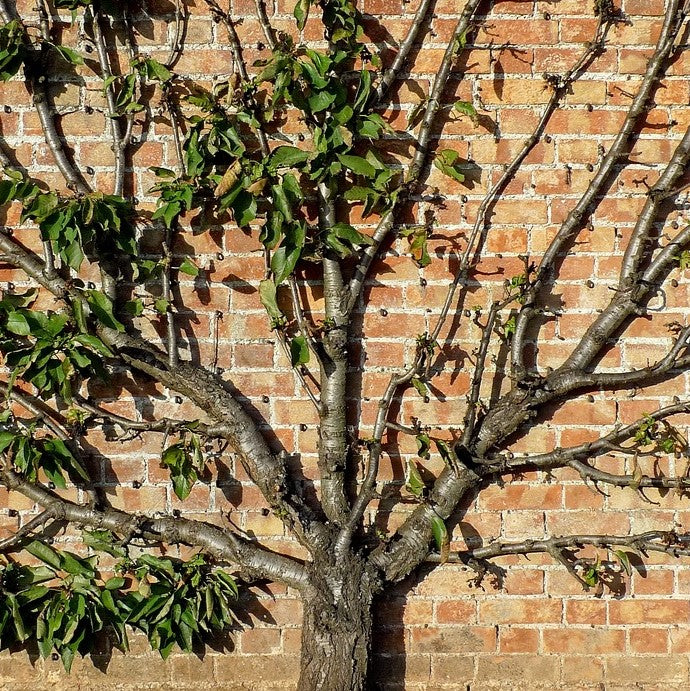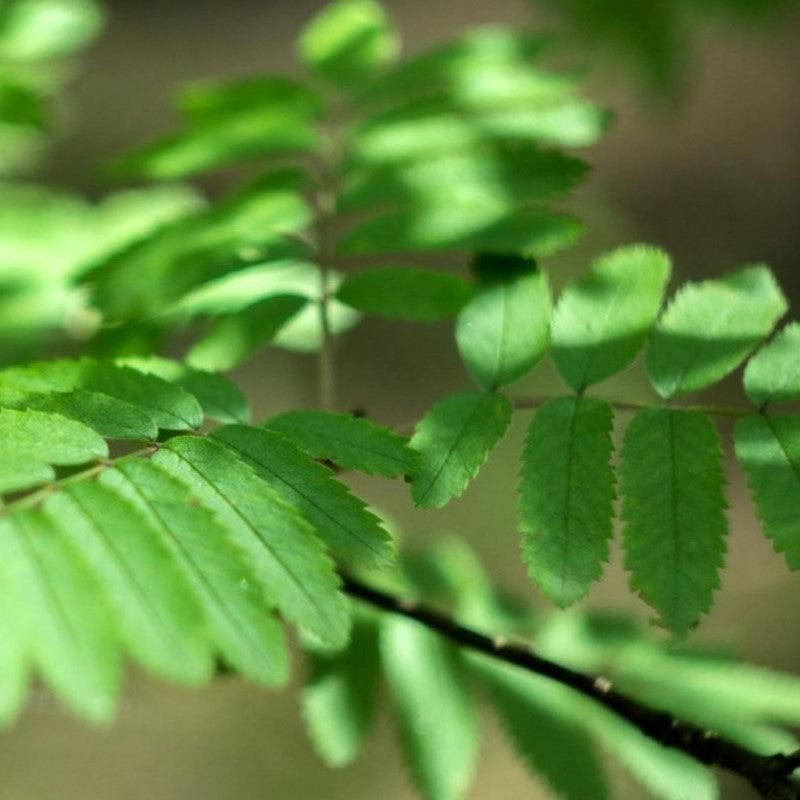Advice & Inspiration
Growing Goji Berries in the UK

When it comes to so-called superfoods, there are few that can compete with the mighty goji berry (also known as a wolfberry). These vibrant red, oval-shaped berries have a distinctly tart and bitter taste when fresh, before sweetening up somewhat once dried, creating a flavour profile most comparable with that of cranberries.
Jam-packed with amazing antioxidants (like vitamins C and A), as well as almighty minerals like iron, calcium, manganese and selenium, goji berries warrant their superfood status, of that there’s no doubt. So we don’t blame you, then, if you want to grow some of these boss berries for yourself. But can you grow goji berries here in the UK? And if so, how do you go about it?
Jump to:
Can you grow goji berries from seed?
The short answer? Yes! The slightly longer answer… Goji berries can easily be grown by seed, but it will take longer to get your delicious berries, so a bit of patience is required. We’d advise you to sow them indoors during late winter or the springtime for the best results (preferably at a temperature of around 20°C).
First, though, you’ll want to pick your seeds – either purchasing them from a nursery or picking them yourself from some fresh goji berries. Be warned, there are good goji seeds and there are, well, not so good goji berry seeds to choose from. How do you tell which is which, we hear you ask?
There are two easy methods you can perform: 1) the damp paper towel test, and 2) the water test.
Damp paper towel test
The damp paper towel test (an exciting title, we know) involves taking a few of your seeds and placing them on a slightly damp paper towel. Fold the paper towel in half over the seeds, then place the towel in a ziplock bag and leave it somewhere warm.
If, after a couple of weeks, the seeds haven’t sprouted, then you can take this as a sign that your seeds aren’t viable, and you can start playing on your tiny violin.
Water test
The water test revolves around placing your goji plant seeds in a bowl of water for roughly fifteen to twenty minutes. Those seeds that have sunk to the bottom of the bowl in this time are viable, whilst those which float should be sent to the proverbial knacker’s yard.
Once you’ve assembled your elite squad of viable goji seeds, it’s time to get sowing. Get yourself a (sterile) seed starting mix containing a mixture of compost, vermiculite, perlite and peat moss, as this will generally yield better germination results than your common or garden, bog-standard soil mix.
Take your planting tray, fill it with the starter mix, and sow your goji seeds roughly 5cm apart and 1cm deep. Your seeds should germinate in a fortnight or so and will be ready to be transplanted into a bigger pot or container when they’ve reached at least 2.5cm in height and have formed a second set of leaves.
Try to keep conditions as similar as possible when transplanting, in terms of potting mix and the like, to mitigate the risk of transplant shock – signs of this include wilting and yellowing leaves. Your goji berry plants will be ready to move outdoors and planted into the ground after roughly a year or so.
Is it better to grow goji berries from a plant?
Whilst better is a somewhat subjective term, it’s certainly true that growing your goji berries from a plant, rather than from seed, requires less work (and patience) on your part as a gardener. If you’ve decided on growing goji berries from a plant, then here are some things to bear in mind.
Plant your goji berry plant in moderately fertile to fertile soil that drains well, and if planting more than one, space them apart by roughly two metres, just to give them enough space to grow and spread. Plant out your goji berry plant during the spring, late summer or early autumn. If you’re limited on space or have a paved garden, then you can grow a goji berry plant in a container.
For container planting, choose a nice, deep pot with ample drainage and fill it using a potting mix composed mainly of compost with a little bit of sand added just to improve drainage. Like all container plants, you’ll want to water your goji berry plant (at its base) more regularly to prevent the soil from drying out.
Goji berry plants grow pretty nicely into a free-standing shrub bush, however you’ll get best results and a more upright plant by training it on a support like a trellis, fence or wall – it’s similar to raspberry and blackberry bushes in this regard.
What’s the best soil type for goji berries?
Goji berries love soil between 6.5 and 8.0pH, so if your soil tends towards the acidic side, consider adding a bit of lime just to bump up its basicity (that is, the measure of how alkaline something is) a bit.
What growing conditions do goji berries need?
Goji berry plants, sometimes (and, thankfully, increasingly rarely…) called the “Duke of Argyll's tea-tree”, like to be planted in full sunshine where they’ll receive a minimum of 6 hours of direct sunlight per day. It’s fully hardy, tolerant of drought and can withstand exposed, windy and salty locales. Some plants are fussy – the goji berry plant isn’t one of them.
How much should you water your goji berry plant?
Goji berry plants aren’t particularly thirsty, but will need fairly regular watering during their first few years to ensure they establish nicely. Beyond that, the odd deep watering here and there should be plenty. Soil should be kept moist, and if it feels dry to the touch, or if your plant’s leaves begin to droop like a clown’s downturned face, then it’s a sure sign it needs watering.

How to harvest and store your goji berries
You’ve grown your goji berry plant. Great. You’ve seen it start to bear fruit. Even better. What next? It’s time to harvest. Heck yeah.
Now, whilst it can be tempting to dive in all fingers blazing the second you see fruit starting to appear, goji berries are only edible once fully ripened – you can typically tell if it's ripe by its rich red colour and plumpness of feel. This will usually be around the end of summer and into autumn.
Harvesting goji berries
To harvest the berries, embrace your inner forager, get out your old, most trusted trug and proceed to either hand-pick the berries or shake the bush to dislodge them (which, handily, also serves as a great way to let out that pent up frustration you’ve been holding onto).
Using and storing goji berries
Freshly-picked goji berries tend only to last for a few days before they start to go off. To maximise your berries’ shelf life, store them in the fridge – this will extend their lifespan to around one or two weeks.
But don’t worry, there’s more you can do with your goji berries to preserve them, including both freezing and drying. Frozen goji berries will last up to six months, whilst dried goji berries, stored in an airtight container in a cool place, can last up to a year.

Final thoughts on goji berries
Superfoods like goji berries are great. They’re undeniably fab for your health and they’re what heroes like Superman and Batman eat as part of their daily diet (probably).
Bought from the store, however, and the sad fact is that you have to sell a major organ or remortgage your house in order to buy even a handful of them. That’s why growing your very own goji berries is such an appealing option.
So, whether you grow them from seed or buy a plant, get your gardening mojo (or should that be, gojo…) back with the small-but-mighty goji berry.


















